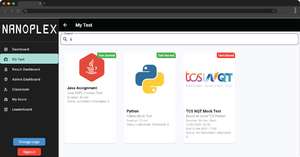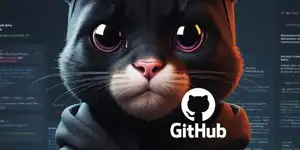
GitHub's Struggle Against Malware: Protecting Over 100,000 Projects
Introduction: GitHub, the popular platform for hosting software development projects, is facing a significant challenge. Malicious users are uploading malware to the platform, putting over 100,000 projects at risk. This not only threatens the integrity of the affected projects but also poses serious security risks to developers and their users.
The Threat of Malicious Code: Malicious users are uploading various types of malicious code to GitHub, including Trojan horses, viruses, worms, spyware, and ransomware. These programs can steal data, corrupt systems, infect other repositories and user systems, steal sensitive information, and encrypt files, making them inaccessible.
Impact on Developers:
- Developers who unknowingly use malicious code from GitHub may create software vulnerable to hacking, putting their users' data at risk.
- They may be held accountable for data breaches if they unintentionally incorporate malicious code into their applications.
- Their reputation may suffer if they are associated with spreading or using faulty code, which could harm their business.
GitHub's Response: GitHub is actively working to combat this threat by using automated systems and tools to discover and remove repositories with malware. However, they face challenges, including rapidly evolving attack strategies used by threat actors to evade detection. This requires constant updates to their automated systems to keep up with new threats.
Challenges Faced by GitHub:
- False positives: Legitimate code may be mistakenly flagged as malicious, disrupting developers who rely on GitHub for their projects.
- Difficulty in detecting and eliminating malware due to the sheer volume of projects on the platform.
Conclusion: GitHub's battle against malware highlights the ongoing challenges faced by online platforms in ensuring the security and integrity of their services. Developers must remain vigilant and take precautions to protect their projects and users from malicious attacks.






